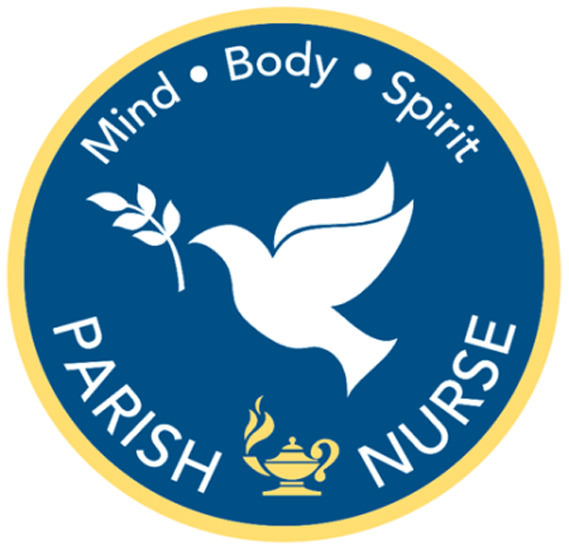You Could Save A Life!
Each Sunday we say that called by Christ we will serve our neighbors. We not only pledge this but our church provides ways that we can easily serve others and our community through basic emergency medical care. We have two AED (automated electronic defibrillator) machines that give recorded instructions when powered on basic first aid kits. Frequently, despite equipment and education, people don’t want to help in medical emergencies! Why?
Let’s examine fears that make people shy away from helping in a medical emergency and especially in a possible cardiac emergency:
I’m unsure of my ability to help.
The solution is practice, practice, practice! Each year we provide two CPR review classes (cardiopulmonary resuscitation with the use of an AED) to remind members of what to do in a cardiac emergency and demonstrate how the AEDs work. A certification class in CPR is provided without cost biannually. First aid guidelines are regularly published and equipment is available in first aid kits. Low cost on-line courses are available such as RedCross.com and Protrainings.com, that make learning fun and give excellent information.
What if I make a mistake or hurt someone?
In a medical emergency, especially a cardiac emergency where someone is not breathing and has no pulse, they really can’t get worse. They are clinically dead! All anyone can do is buy them a little time so they might get another chance at life! Even if you bruise them or break a few ribs they have another chance to live. Trying, even with errors is not a mistake.
I don’t want to be sued if I help.
In 1985 the Good Samaritan Act was adopted. If you don’t mean to hurt someone and you are not paid to help or go beyond training you receive, you are immune to suits. When trying to help in an emergency, you are protected
I might touch blood or body fluids, is that safe?
Gloves and barrier masks are in all first aid kits in church. Even when you don’t have personal protection available, Compression only CPR for adults started in the first few minutes has been shown to be as effective as chest compressions with rescue breathing!
I think the scene is too dangerous.
STOP, don’t make yourself a second victim. Secure the scene if you are able and then help. Electrical cords, flooding or fires, or unstopped traffic are examples.
Pat Woerheide, RN
Review and Practice CPR Aug. 6
Anyone interested in CPR with an AED demonstration (cardiopulmonary resuscitation with an automated electronic defibrillator) or previously certified in CPR is invited to attend this review and practice session. It will be held after the last service (about 11:00 a.m.) on August 6 in Creighton Hall (lower level of building).


